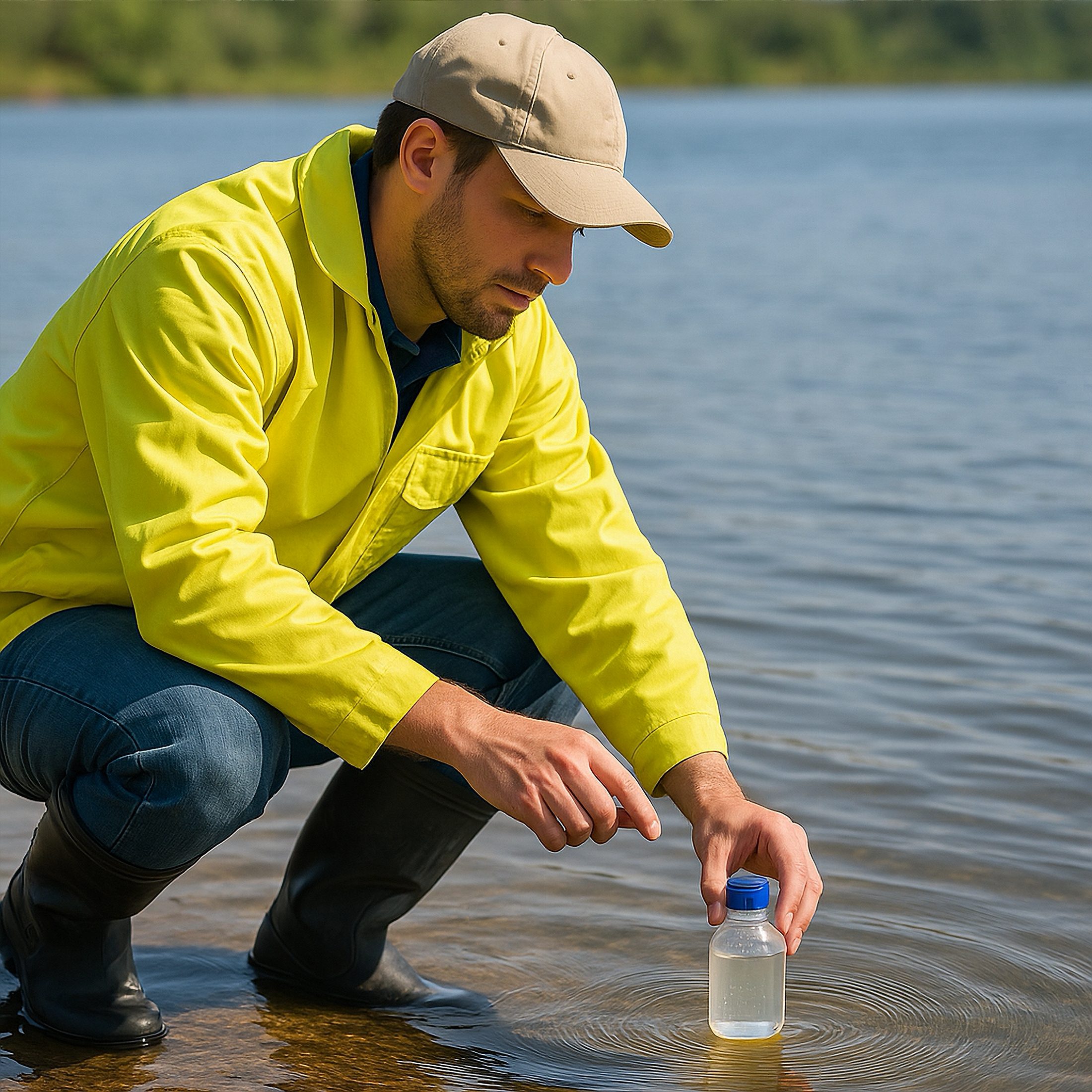- Most treatment plants removed 63–94% of antibiotic resistance genes.
- Some high-risk genes persist in treated water, especially in winter.
- These remaining genes are often linked to serious human pathogens.
- Treatment upgrades do not always improve risk removal effectiveness.
Monday, June 9, 2025 — As water-stressed states across the Colorado River Basin explore wastewater reuse to supplement limited supplies, a new global study published on May 24, 2025, in Nature’s npj Clean Wate r reveals both the promise and caution of such strategies. The research, conducted at seven treatment plants in China, underscores that while wastewater treatment plants are effective at removing a majority of antibiotic resistance genes (ARGs), some dangerous strains still pass through to effluent — the cleaned water discharged into rivers or reused for non-potable purposes.
r reveals both the promise and caution of such strategies. The research, conducted at seven treatment plants in China, underscores that while wastewater treatment plants are effective at removing a majority of antibiotic resistance genes (ARGs), some dangerous strains still pass through to effluent — the cleaned water discharged into rivers or reused for non-potable purposes.
A Global View: Better Than Average, But Not Risk-Free.
The study found that local wastewater plants significantly outperformed global averages in reducing ARGs. Raw wastewater entering the plants had higher ARG levels than samples worldwide, averaging 2.59 gene copies per bacterial cell compared to the global average of 1.63. After treatment, levels dropped to an average of 0.30 copies per cell, which is lower than the global post-treatment average of 0.52.
Across the seven plants studied, the removal efficiency ranged from 63.2% to 94.2%, depending on the season and treatment process. But while this seems promising for future reuse projects in dry states like Arizona or Nevada, the research highlights that “even though WWTPs (wastewater treatment plants) effectively reduced the abundance of ARGs, the potential risks of remaining ARGs still cannot be neglected.”
What Are ARGs, and Why Do They Matter?
ARGs are fragments of DNA that allow bacteria to survive antibiotic treatment. When wastewater containing antibiotics and resistant bacteria is processed, these genes often persist. Some ARGs are especially worrisome when they exist alongside mobile genetic elements, such as transposases and integrases, which help transfer resistance traits between bacterial species.
According to the study, the most abundant high-risk ARGs in the treated water were APH(3”)-Ib, ere(A), and sul1 — all classified as Rank I (most hazardous). These genes were commonly found alongside genetic elements that help them spread and were hosted by pathogens flagged by the World Health Organization, including Salmonella enterica and Pseudomonas aeruginosa.
Winter Brings Increased Gene Abundance.
Seasonal changes influenced both the abundance and types of ARGs present. Samples taken during winter showed significantly higher levels and more diverse ARG subtypes, which the researchers attributed to increased antibiotic use during colder months.
Some ARGs even increased in abundance after treatment. For instance, in one plant, APH(3”)-Ib levels rose by over 100% in winter. This suggests potential limitations in current disinfection approaches, such as ultraviolet light and chlorination, which have been found to be less effective in removing Rank I ARGs.
Not All Treatment Designs Perform Equally.
Although the anaerobic/anoxic/aerobic (AAO) process is widely used and performs relatively well, some upgrades have not led to better results. For example, the addition of membrane bioreactors (MBRs) or UV disinfection did not consistently improve ARG removal. The study reported that the UV doses currently in use may be too low to be effective.
Conversely, a modified AAO process with a pre-anoxic tank yielded better outcomes, achieving up to 91.3% overall removal efficiency and demonstrating higher effectiveness for high-risk genes. In contrast, older Unitank systems lagged significantly, with only 50.2% removal of Rank I ARGs in some cases.
Implications for the Colorado River Basin.
States like California, Arizona, and Nevada are increasingly turning to advanced treated wastewater , often called “purified water,” to stretch limited supplies. This study reinforces that while modern systems can remove a substantial amount of risk, not all ARGs are neutralized. The remaining genes can still transfer to local ecosystems, potentially compromising public health and environmental safety.
The bottom line: efficiency is not the same as safety. High-risk ARGs may remain in treated water and must be actively monitored, especially if effluent is discharged into rivers, used to irrigate crops, or replenishes groundwater.
The full study, titled Removal efficiency of ARGs in different wastewater treatment plants and their potential risks in effluent, can be accessed via Nature’s npj Clean Water journal: https://www.nature.com/articles/s41545-025-00456-4 .
.

